Today involved time in Bio Lab and Terra Lab. I spent the afternoon with Neal Scheibe, a Research Associate at Palmer Station, who is responsible for maintaining all of the equipment in Terra Lab. The word “terra” is Latin for Earth; Terra Lab houses all the instruments used for long-term projects involving Earth sciences.
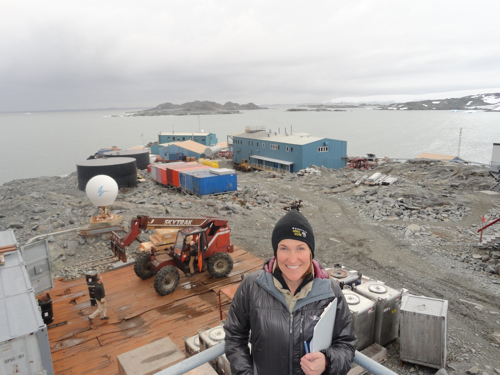
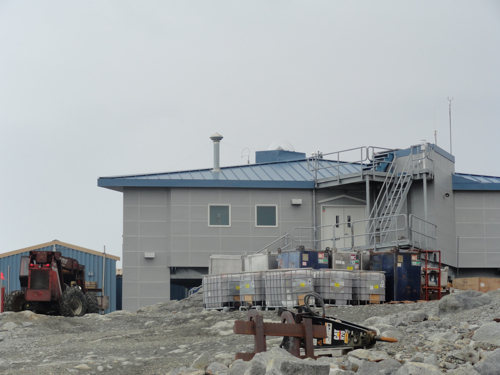
Equipment in Terra Lab is used to monitor weather, air quality, seismic data, changes in the ionosphere, changes in the ozone, and presence of radionuclides. This data is collected 365 days a year and has been recorded for twenty or more years (some types of data have been recorded at Palmer Station for longer than others). Keeping long-term records is an important way to monitor changes that happen over time. Neal did a fantastic job of explaining some complex information to me. I’ll do my best to translate what I learned! We traveled from one instrument to the next in the lab in the following order:
Tera Scan
This piece of equipment uses images from satellites to generate weather maps, which are used to monitor weather patterns over time. Images come from several satellites that orbit over Palmer Station each day; each image is sent to a receiver holding a satellite dish.
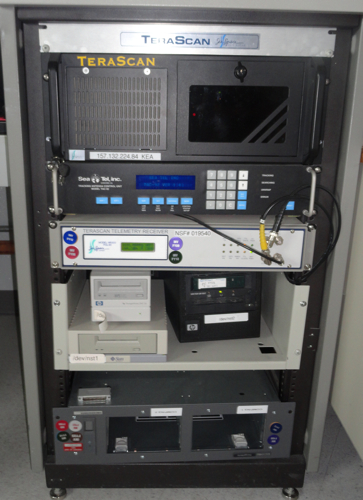
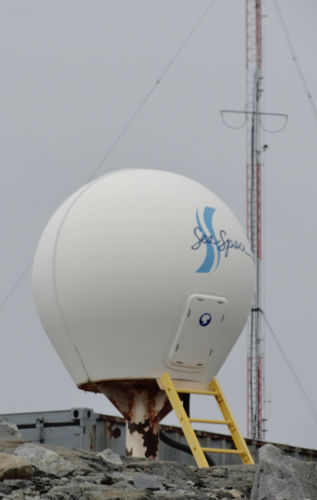
Air SamplingSampling refers to the process of selecting units or portions of a larger group that will be studied in order to answer questions about the larger group. The units can be people, water samples, ice cores, or any other appropriate object. Participants will explore the meaning of sampling and how it impacts experimental design and explore factors that define and limit sampling in the variety of projects visited during the expedition. They will consider how results from the chosen samples are used to describe the bigger target of a project's study. Module
There are three air sampling modules at Palmer Station; two belong to Scripps Institution of Oceanography and the third to NOAA (National Oceanic and Atmospheric Administration). They are used for tracking long-term changes in greenhouse gases over time. The modules have air intakes that suck in air from outside Terra Lab and send it to a flask containing silica beads. The beads trap the moisture from the air so that the final sample doesn’t contain any water. The moisture free air is then transferred to a larger glass flask and sent to Scripps or NOAA.
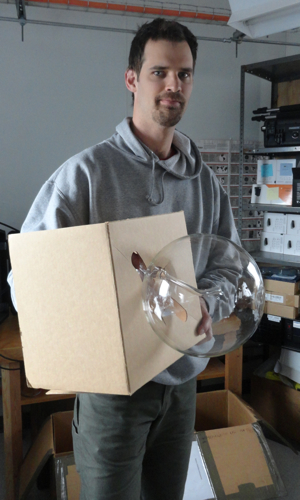
VLF Antenna
The VLF (very low frequency) antenna gathers information about the ionosphere, part of the upper atmosphere that is comprised of electrons and electrically charged atoms. The VLF antennae can detect lightning and large storms on different parts of the Earth. This data is used to model what has happened in the past in order to predict thunderstorms in the future. The VLF also collects information about cosmic storms and solar flares.
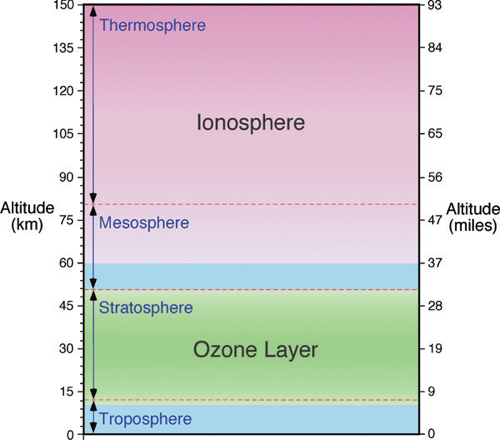
Automated Weather Station
The Automated Weather Station at Palmer is one of about 60 stations in Antarctica that are part of the Antarctic Meteorological Research Center (AMRC) affiliated with the University of Wisconsin. The station collects data about temperature, humidity, solar radiation, wind speed and direction and precipitation. Monitoring this data is especially important to gaining a better understanding of climate change in Antarctica.
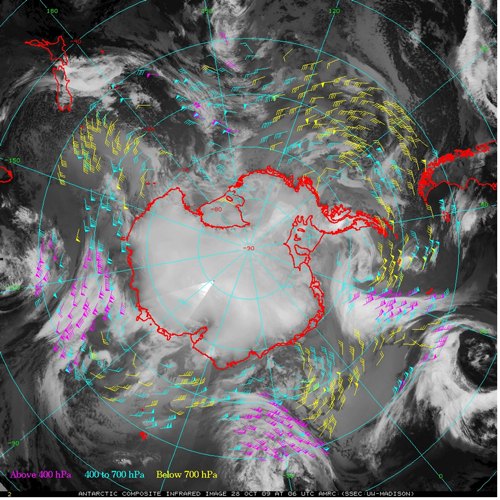
UV Monitor
The UV monitor detects changes in the ozone layer directly over Palmer Station. The ozone layer protects us from harmful radiation from the sun. In the 1970’s it was observed that a large hole in the ozone above Antarctica existed. This was attributed to the use of CFCs, chemicals that used to be in aerosol or spray cans. CFCs have since been banned in the United States and some other countries, but it is still important to monitor the hole in the ozone.
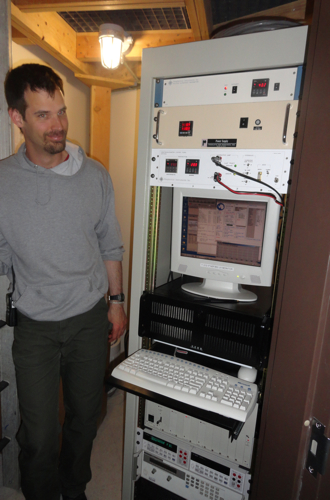
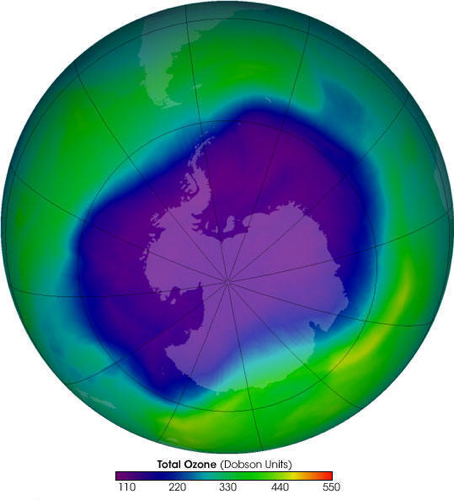
RASA
In my opinion, this the most interesting piece of equipment in Terra Lab. RASA stands for Radionuclide Aerosol Sampler Analyzer. This instrument is operated by the Comprehensive Test Ban Treaty (CTBT) Organization, which bans the testing of nuclear weapons. RASA collects air samples from outside Palmer Station and pumps the air through filter paper. The filter paper traps radionuclides (radioactive atoms). If radionuclides are detected in the filter paper, information from RASA is combined with weather data to determine where and when a nuclear bomb has been detonated.
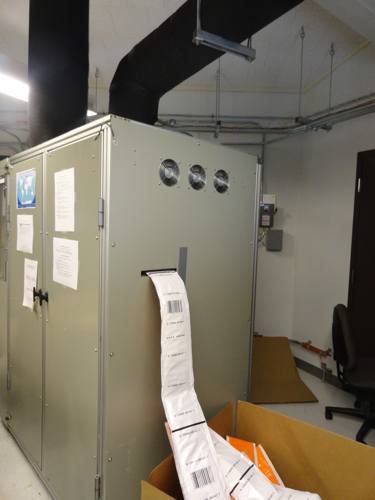
Before my tour of Terra Lab I helped Kate prepare the algae she’s using for her ocean acidification experiment. She wants to compare the effects of ocean acidification on a species of algae with calcium carbonate (CaCO3) and one without CaCO3. As you may remember, ocean acidification is especially harmful to organisms that have CaCO3 in their tissues. Both species of algae grow on rocks, so we needed to make sure that each rock Kate will use has only one species of algae on it. This involved using a wire brush and the flat end of a screwdriver to clean the unwanted algae off the rocks so that just one type of algae is on each rock.
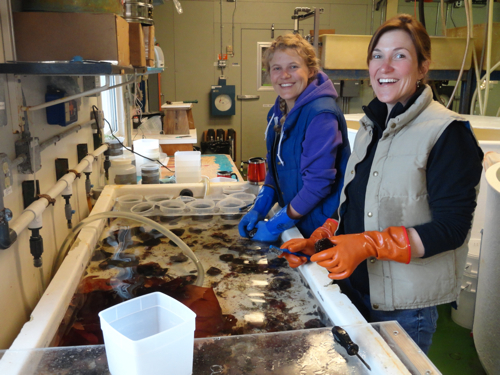
After lunch I talked to some State High students via Skype and was happy to see some “old friends” in LE. Several students asked great questions and, despite mentioning that they have a lot of tests this week, everyone seemed to be doing fine!
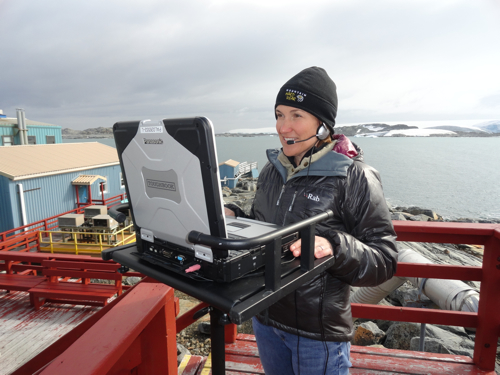
I’ll be happy to share even more about what I’ve learned once I get home to Pennsylvania!


Comments